The Signs of Suicide Prevention Program (SOS) is a universal, school-based depression awareness and suicide prevention program designed for middle-school (ages 11–13) or high-school (ages 13–17) students (Signs of Suicide, 2016).
PROGRAM GOALS
1) Decrease suicide and suicide attempts by increasing student knowledge and adaptive attitudes about depression
2) Encourage personal help-seeking and/or help-seeking on behalf of a friend, 3) reduce the stigma of mental illness and acknowledge the importance of seeking help or treatment
4) Engage parents and school staff as partners in prevention through “gatekeeper” education
5) Encourage schools to develop community-based partnerships to support student mental health.
CURRICULUM
The SOS curriculum includes lessons on raising awareness of depression and suicide, helping students identify the warning signs of depression in themselves and others, identifying risk factors associated with depression and suicidal ideation, and using a brief screening for depression and/or suicidal behavior. Students are taught to seek help using the ACT (Acknowledge, Care, Tell) technique. This technique teaches students to acknowledge when there are signs of a problem in themselves or a peer, show that you care and are concerned about getting help, and tell a trusted adult. Upon completion of lesson 1, students are given response cards to indicate if they would like to speak to a trusted adult about themselves or a friend. ALL students must fill out a response card and the teacher must collect the responses then immediately put them in a manila envelope. This ensures confidentiality and establishes a safe way to ask for help without it being obvious to peers.
DELIVERY
There are various ways to implement the SOS program. At my internship site the counselors take the lead on implementation and logistics. The counselors conducted a teacher training on the SOS program and provided a schedule for conducting the lessons. Teachers are asked to provide the lessons because they are the ones who spend the most time with students and research shows students are more likely to disclose this information when their teachers show an interest in the topic. Teachers are given the opportunity to opt out due to the sensitive nature of the topic. Each grade level conducts the lessons on different days so the counselors are available to support each other. They must respond to students within 24 hours of receiving the response cards. The final part of this program is staff feedback.
MY EXPERIENCE
Teacher Training:
I was able to take on a portion of the teacher training in which I presented on:
- The role of the teachers
- The role of the counselors
- A run through of the 2nd lesson
- Myths about suicide and depression
SOS Lessons:
There were 3 teachers who opted out in the 7th grade so I stepped in to teach lessons 1 and 2 in one of the classes. The students were engaged and the discussion was lively. I had no problems with classroom management and fully enjoyed being in a classroom setting with the students.
Follow Up:
We had 40 students indicate that they wanted to talk to a counselor about herself/himself or a friend. My site supervisor and I both met with all of these students during those 2 days that we conducted the lessons.
MORE INFORMATION
About: http://www.sprc.org/resources-programs/sos-signs-suicide
Prices: http://shop.mentalhealthscreening.org/collections/youth-programs
 The counseling team read Restorative Circles in Schools and we have been implementing some of the practical suggestions from this awesome book (highly recommend).
The counseling team read Restorative Circles in Schools and we have been implementing some of the practical suggestions from this awesome book (highly recommend).



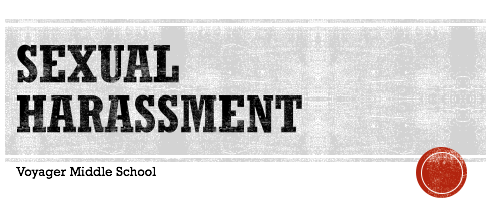
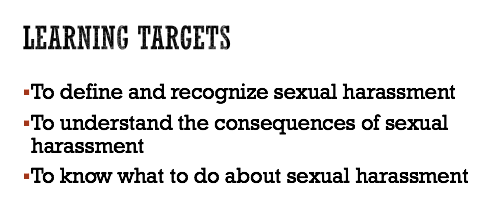
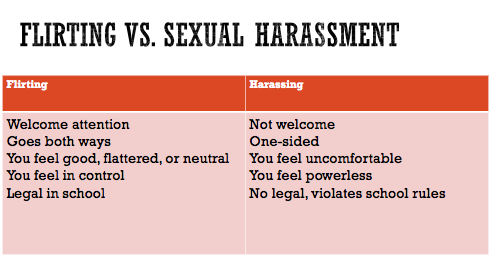
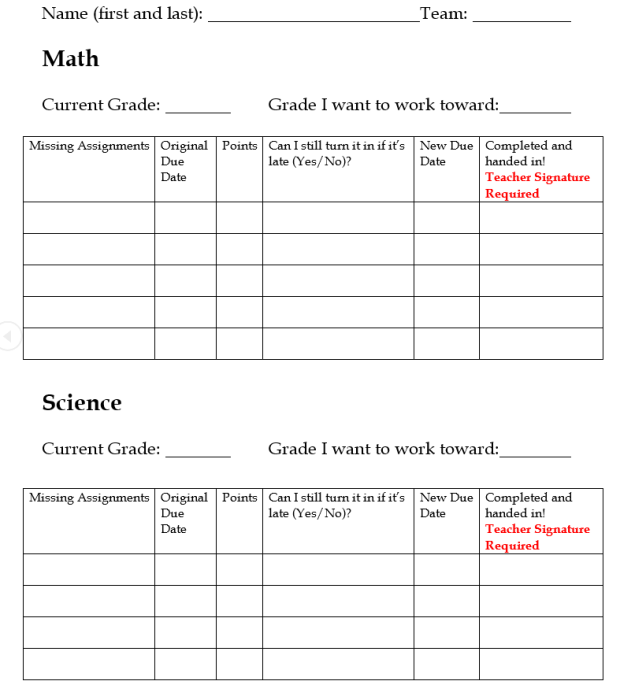




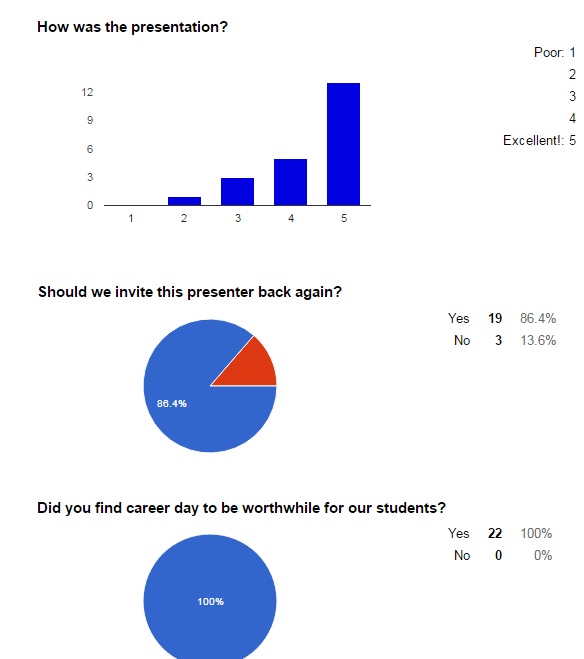









 I am currently the president of Chi Sigma Iota-Sigma Phi Upsilon chapter, an international honors society for counselors. As a last-minute fundraiser, I was able to raise $1,258 and sponsor 2 of the holiday help families at Voyager Middle School. The response that my fellow classmates, family and friends showed was truly amazing.
I am currently the president of Chi Sigma Iota-Sigma Phi Upsilon chapter, an international honors society for counselors. As a last-minute fundraiser, I was able to raise $1,258 and sponsor 2 of the holiday help families at Voyager Middle School. The response that my fellow classmates, family and friends showed was truly amazing.
 I asked teachers for recommendations for other students who might be a good fit with my student’s gentle and calm demeanor. I also utilized the needs assessment to pick out students who could potentially benefit from this group. After forming our small group we held lego lunch every Wednesday for 8 weeks. Lunch groups are a much more causal form of group counseling, so each week we simply did a brief high/low check in, played with legos, and talked about things going in the student’s lives. Yesterday was our 2nd to last lego lunch group, but we’re allowing student’s to continue meeting in our small conference room for lego lunch on their own because of how much of a hit it was.
I asked teachers for recommendations for other students who might be a good fit with my student’s gentle and calm demeanor. I also utilized the needs assessment to pick out students who could potentially benefit from this group. After forming our small group we held lego lunch every Wednesday for 8 weeks. Lunch groups are a much more causal form of group counseling, so each week we simply did a brief high/low check in, played with legos, and talked about things going in the student’s lives. Yesterday was our 2nd to last lego lunch group, but we’re allowing student’s to continue meeting in our small conference room for lego lunch on their own because of how much of a hit it was.